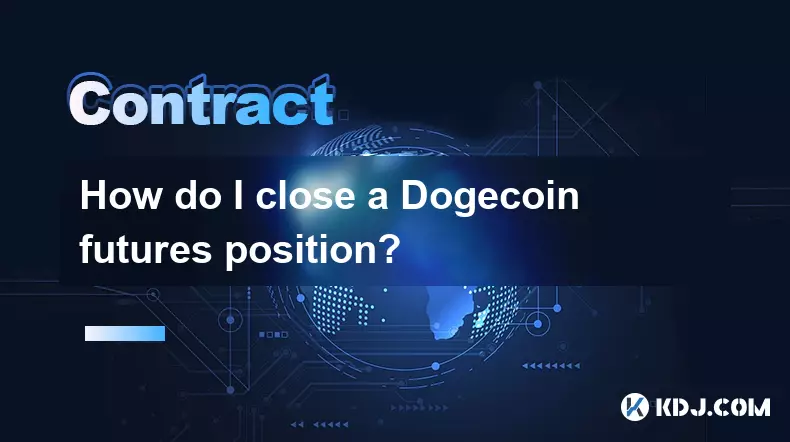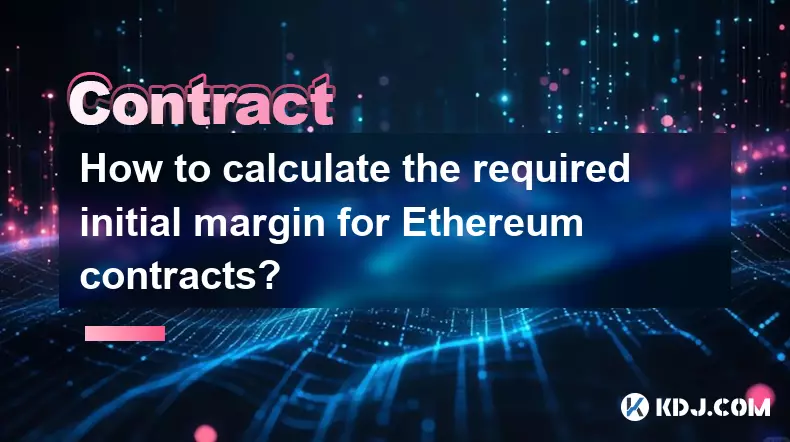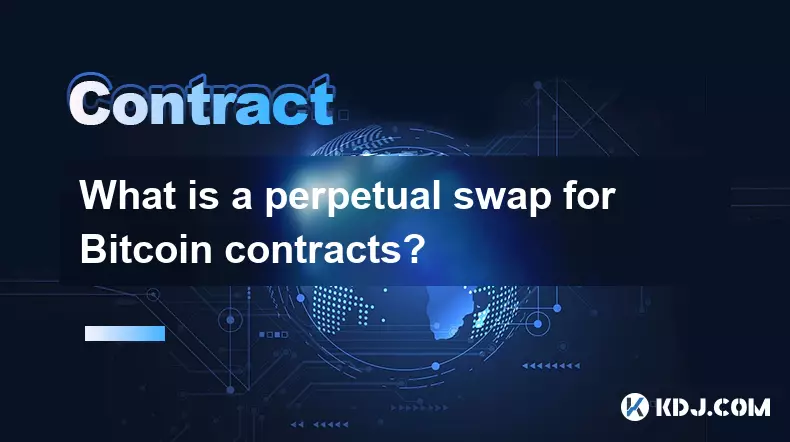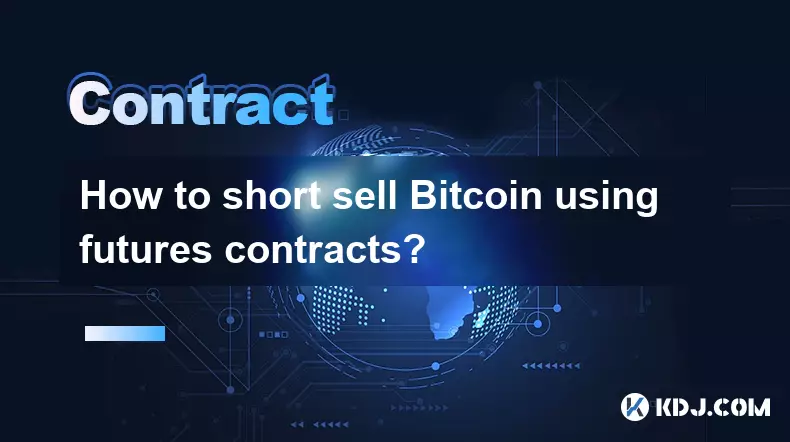-
 bitcoin
bitcoin $118548.520763 USD
3.67% -
 ethereum
ethereum $4352.564943 USD
4.79% -
 xrp
xrp $2.964058 USD
4.22% -
 tether
tether $1.000565 USD
0.05% -
 bnb
bnb $1028.372955 USD
1.46% -
 solana
solana $221.373507 USD
6.00% -
 usd-coin
usd-coin $0.999933 USD
0.02% -
 dogecoin
dogecoin $0.248633 USD
6.85% -
 tron
tron $0.341444 USD
2.38% -
 cardano
cardano $0.852946 USD
5.82% -
 hyperliquid
hyperliquid $47.869306 USD
6.15% -
 chainlink
chainlink $22.561476 USD
6.01% -
 ethena-usde
ethena-usde $1.001258 USD
0.05% -
 avalanche
avalanche $30.660000 USD
2.06% -
 stellar
stellar $0.400917 USD
9.76%
How do I close a Dogecoin futures position?
To close a Dogecoin futures position, log in securely, locate the open DOGE contract, choose the correct order type (market, limit, or stop), and confirm the trade to realize gains or losses.
Sep 29, 2025 at 09:00 am

Closing a Dogecoin Futures Position: Key Steps
1. Access your futures trading account on the exchange platform where you opened the Dogecoin (DOGE) position. Ensure that your login credentials are secure and two-factor authentication is active to protect your assets.
2. Navigate to the open positions tab within the futures section. Locate your DOGE/USDT or DOGE/USD futures contract in the list. Verify the direction of your trade—whether it’s long (buy) or short (sell)—as this determines the action required to close it.
3. Click on the “Close” or “Liquidate” button associated with the specific Dogecoin futures contract. Some platforms may require you to manually place an opposing trade instead, meaning if you went long, you must place a sell order of equal size.
4. Confirm the details of the closing transaction, including quantity, price, and fees. Review any potential slippage if using a market order, especially during high volatility periods common in meme coin markets.
5. Submit the order and wait for execution. Once filled, the position will no longer appear under open positions, and your margin balance will reflect the profit or loss from the trade.
Understanding Order Types for Closing
1. Market orders execute immediately at the best available price. This ensures fast closure but may result in slight discrepancies from the last traded price, particularly for larger positions in low-liquidity DOGE futures markets.
2. Limit orders allow you to specify the exact price at which you want to close your Dogecoin futures position. While this provides control over entry and exit points, there's a risk the order won’t fill if the market moves away from your set price.
3. Stop-limit or stop-market orders can be used to automatically close a position when certain price levels are reached. These are useful for protecting gains or minimizing losses without constant monitoring.
4. Trailing stop orders adjust the stop price based on favorable market movements. For example, if Dogecoin’s price rises after you enter a long, the trailing stop follows it upward, locking in profits while allowing room for further upside.
5. Always double-check the order type before submission. Mistakenly placing a new futures contract instead of closing an existing one could lead to increased exposure and unintended risk.
Risks and Considerations in Position Management
1. Leverage amplifies both gains and losses. A highly leveraged Dogecoin futures position might be liquidated before you have the chance to manually close it, especially during sudden price swings driven by social media trends or whale activity.
2. Funding rates apply in perpetual futures contracts. Holding a DOGE position overnight may incur periodic payments depending on whether the market is in contango or backwardation, affecting net profitability.
3. Slippage is more pronounced in less liquid futures pairs. Exchanges with lower Dogecoin futures volume may struggle to fill large orders efficiently, leading to worse-than-expected execution prices.
4. Partial closures are possible on most platforms. You can choose to close 50% of your position to lock in some profit while maintaining exposure to potential future moves.
5. Ensure sufficient wallet balance to cover fees and avoid auto-deleveraging events. Insufficient funds during volatile conditions can trigger forced liquidations beyond your control.
Tax and Record-Keeping Implications
1. Every futures trade closure constitutes a taxable event in many jurisdictions. Profits from Dogecoin futures are typically treated as capital gains or ordinary income depending on trading frequency and local regulations.
2. Maintain detailed records of each transaction, including timestamps, entry and exit prices, leverage used, and realized PnL. These logs are essential for accurate tax reporting and audits.
3. Some exchanges provide downloadable CSV files of your complete futures history. Use these to integrate with crypto tax software that calculates liabilities across multiple trades and assets.
4. Be aware that even losing trades must be reported. Tax authorities increasingly monitor cryptocurrency derivatives activity through exchange compliance programs.
5. Consult a tax professional familiar with digital asset regulations in your country. Misreporting futures gains due to misunderstanding hedging rules or wash sale policies can lead to penalties.
Frequently Asked Questions
Can I close part of my Dogecoin futures position?Yes, most exchanges allow partial closures. You can specify the amount you wish to close rather than exiting the entire position at once.
What happens if my Dogecoin futures position gets liquidated?Liquidation occurs when losses deplete your margin below the maintenance threshold. The exchange automatically closes your position, often at a disadvantageous price, and you lose the allocated margin.
Do I need to pay fees to close a futures position?Yes, closing a futures position incurs trading fees, typically a percentage of the contract value. Fee rates vary by exchange and depend on whether you’re the maker or taker.
Is there a difference between closing a perpetual and a quarterly Dogecoin futures contract?Perpetual contracts can be held indefinitely and involve funding rate payments. Quarterly contracts expire on a set date and settle automatically, so you must close or roll them before expiration to maintain exposure.
Disclaimer:info@kdj.com
The information provided is not trading advice. kdj.com does not assume any responsibility for any investments made based on the information provided in this article. Cryptocurrencies are highly volatile and it is highly recommended that you invest with caution after thorough research!
If you believe that the content used on this website infringes your copyright, please contact us immediately (info@kdj.com) and we will delete it promptly.
- BlockDAG, DOGE, HYPE Sponsorship: Crypto Trends Shaping 2025
- 2025-10-01 00:25:13
- Deutsche Börse and Circle: A StableCoin Adoption Powerhouse in Europe
- 2025-10-01 00:25:13
- BlockDAG's Presale Buzz: Is It the Crypto to Watch in October 2025?
- 2025-10-01 00:30:13
- Bitcoin, Crypto, and IQ: When Genius Meets Digital Gold?
- 2025-10-01 00:30:13
- Stablecoins, American Innovation, and Wallet Tokens: The Next Frontier
- 2025-10-01 00:35:12
- NBU, Coins, and Crypto in Ukraine: A New Yorker's Take
- 2025-10-01 00:45:14
Related knowledge

What is the difference between futures and perpetual contracts for Bitcoin?
Oct 02,2025 at 11:54pm
Understanding Bitcoin Futures Contracts1. Bitcoin futures are derivative instruments that allow traders to speculate on the future price of Bitcoin at...

What is the maintenance margin for Bitcoin contracts?
Oct 02,2025 at 01:36am
Decentralized Exchanges Gain Momentum in 20241. Decentralized exchanges (DEXs) have seen a significant rise in trading volume, surpassing centralized ...

How to calculate the required initial margin for Ethereum contracts?
Oct 01,2025 at 06:01am
Understanding Initial Margin in Ethereum Futures1. The initial margin for Ethereum futures contracts represents the minimum amount of capital a trader...

What is a perpetual swap for Bitcoin contracts?
Oct 01,2025 at 08:18am
Understanding Perpetual Swaps in Bitcoin Trading1. A perpetual swap is a type of derivative contract that allows traders to speculate on the price of ...

What is the best platform for trading SOL contracts?
Oct 01,2025 at 06:36am
Understanding the Role of Decentralized Exchanges in Modern Crypto Trading1. Decentralized exchanges (DEXs) have reshaped how traders interact with di...

How to short sell Bitcoin using futures contracts?
Oct 01,2025 at 02:54am
Understanding the Role of Decentralized Exchanges in Crypto Trading1. Decentralized exchanges (DEXs) have become a cornerstone of the cryptocurrency e...

What is the difference between futures and perpetual contracts for Bitcoin?
Oct 02,2025 at 11:54pm
Understanding Bitcoin Futures Contracts1. Bitcoin futures are derivative instruments that allow traders to speculate on the future price of Bitcoin at...

What is the maintenance margin for Bitcoin contracts?
Oct 02,2025 at 01:36am
Decentralized Exchanges Gain Momentum in 20241. Decentralized exchanges (DEXs) have seen a significant rise in trading volume, surpassing centralized ...

How to calculate the required initial margin for Ethereum contracts?
Oct 01,2025 at 06:01am
Understanding Initial Margin in Ethereum Futures1. The initial margin for Ethereum futures contracts represents the minimum amount of capital a trader...

What is a perpetual swap for Bitcoin contracts?
Oct 01,2025 at 08:18am
Understanding Perpetual Swaps in Bitcoin Trading1. A perpetual swap is a type of derivative contract that allows traders to speculate on the price of ...

What is the best platform for trading SOL contracts?
Oct 01,2025 at 06:36am
Understanding the Role of Decentralized Exchanges in Modern Crypto Trading1. Decentralized exchanges (DEXs) have reshaped how traders interact with di...

How to short sell Bitcoin using futures contracts?
Oct 01,2025 at 02:54am
Understanding the Role of Decentralized Exchanges in Crypto Trading1. Decentralized exchanges (DEXs) have become a cornerstone of the cryptocurrency e...
See all articles










































































